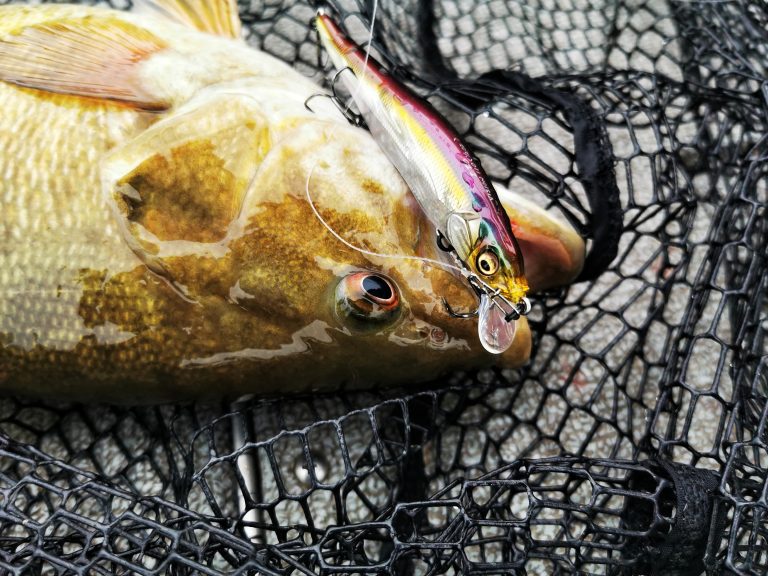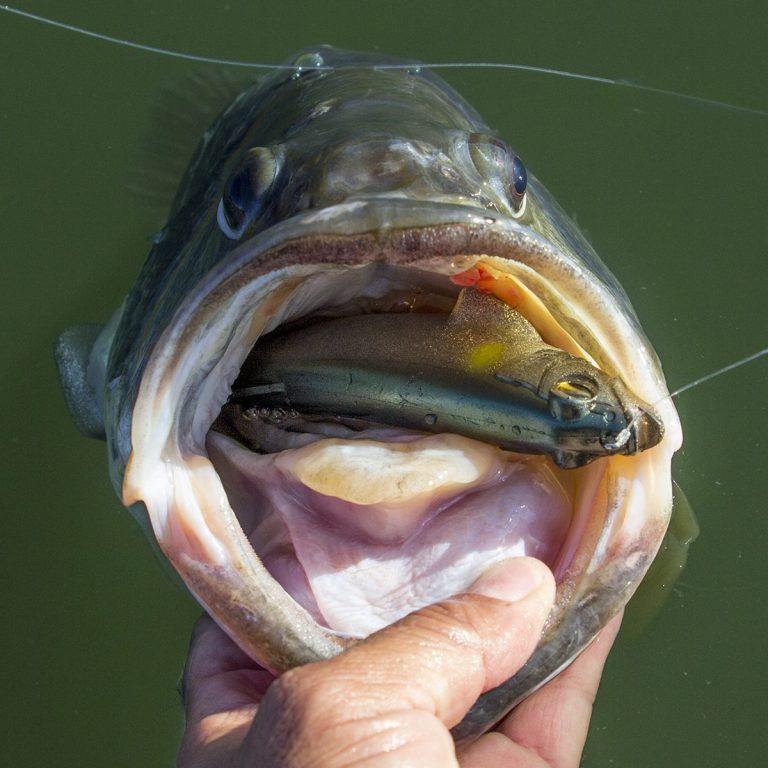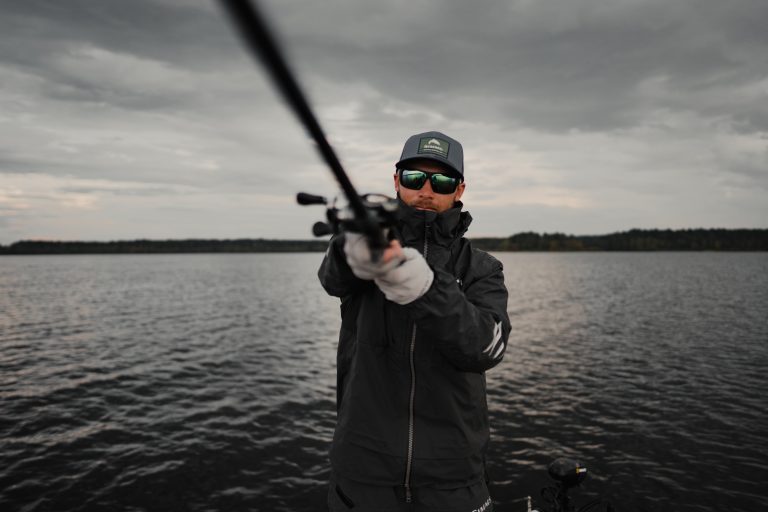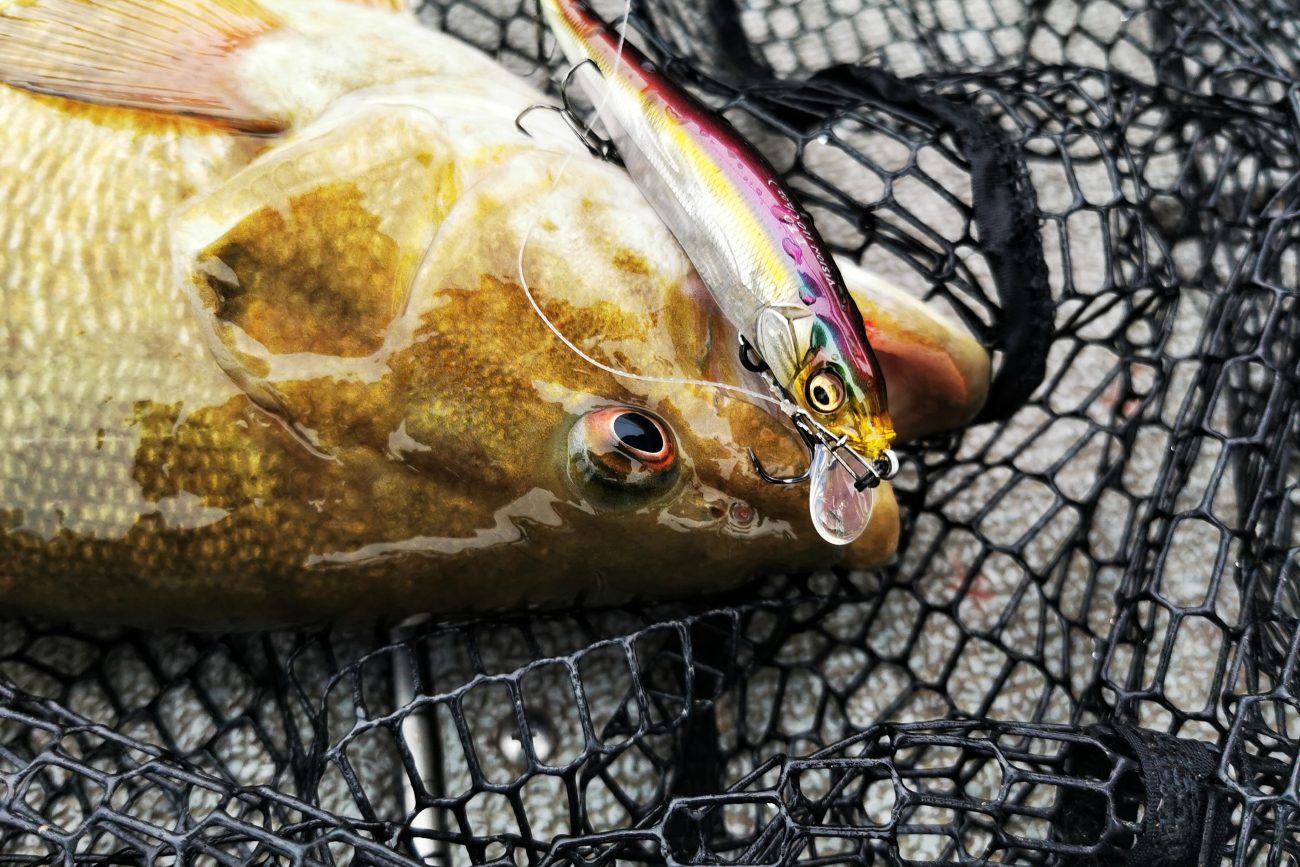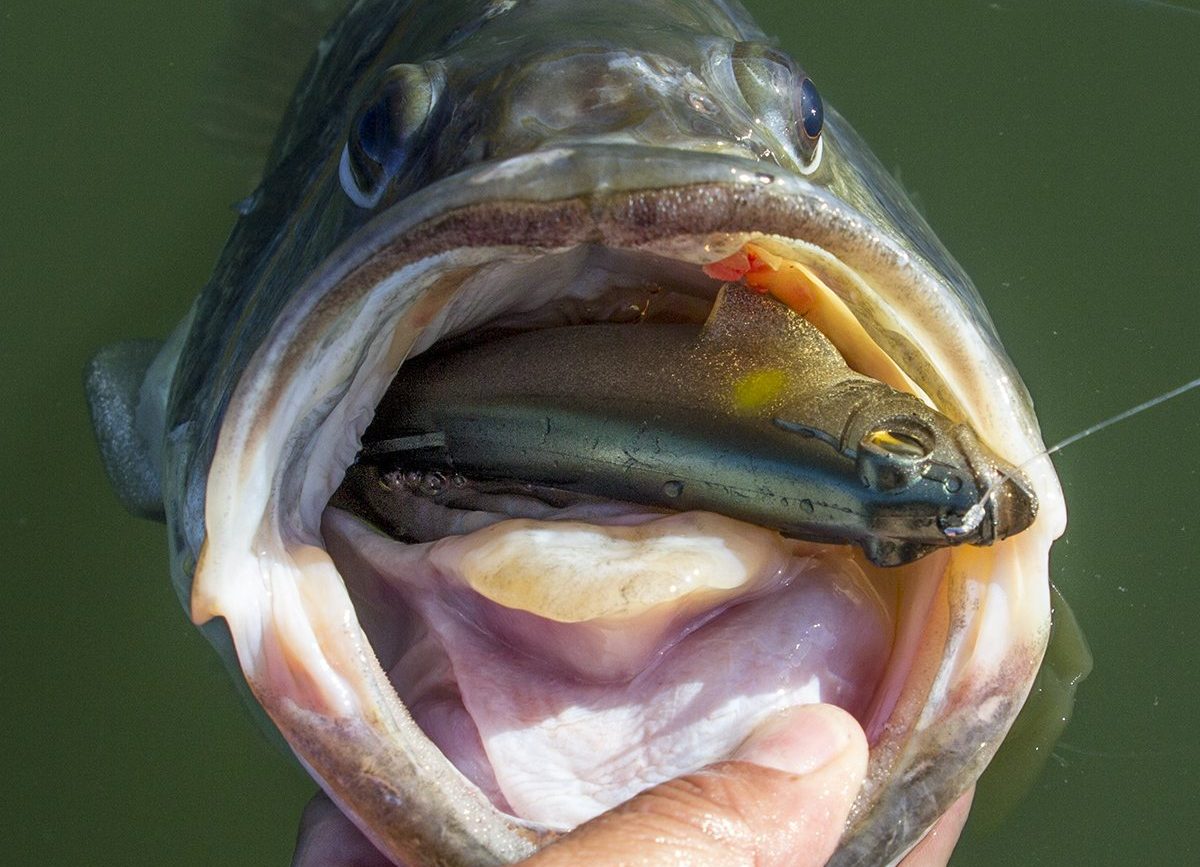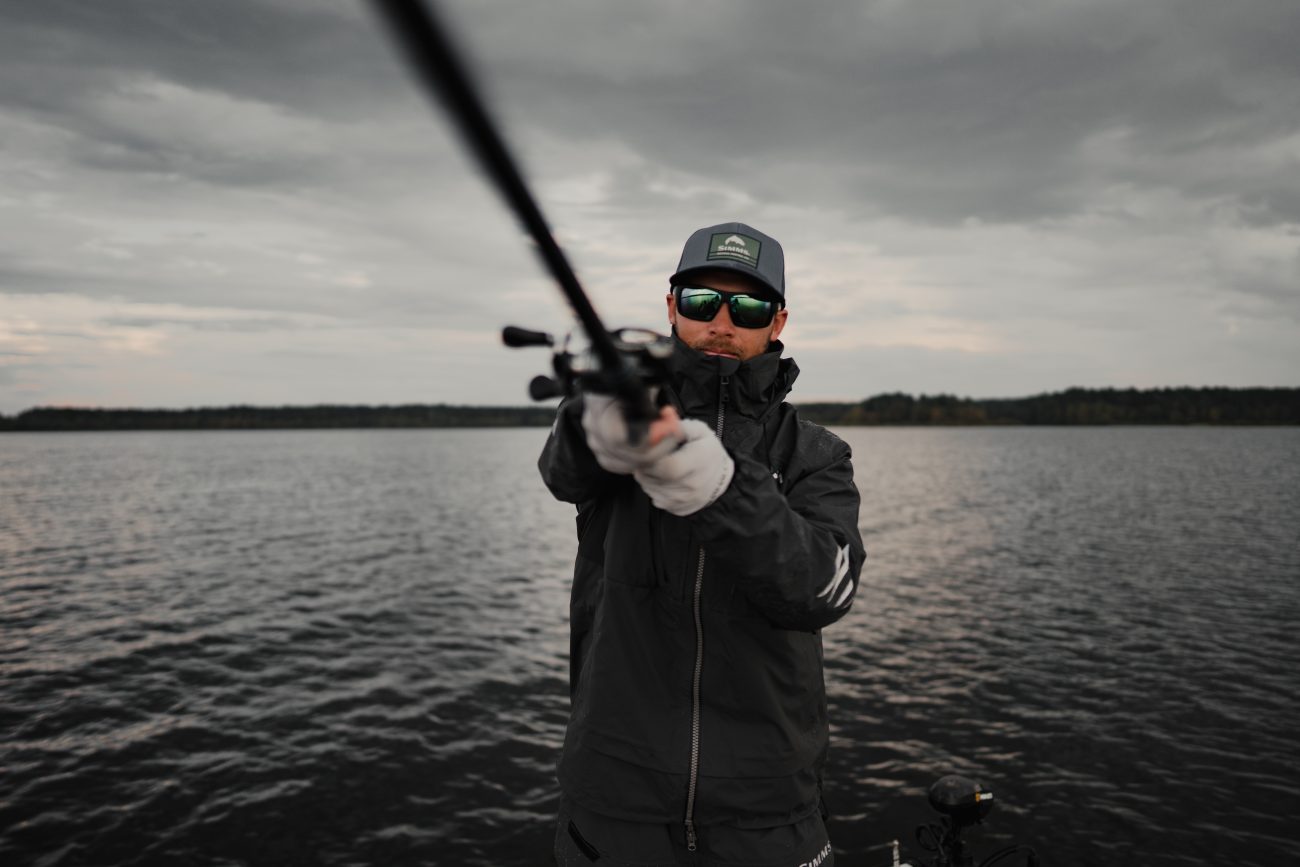Now that bass in many parts of the country have completed their spawning duties, it’s time to fatten up before they head offshore for the summer. That means they’re feasting on a diet of shad and bluegills, pinning their prey into confined spawning areas, and there’s often nothing better than fishing a roll walking popper to get them to eat.
“I have a Megabass Pop-X or PopMax tied on all throughout the year, but this is a time when I really rely on it,” said 2016 Bassmaster Classic champion Edwin Evers. “Fish are guarding fry and they’re stalking the bluegill beds, and this is something I can throw up in the willow trees or around flooded bushes and draw them out.”
Three-time Classic qualifier and noted big bass expert Chris Zaldain agreed, and stated that when the shad spawn is mostly done, and the bluegills become the primary or exclusive forage, that’s when he transfers away from traditional walking baits to roll walking poppers almost exclusively for target oriented fish.
“I’m focusing on the same places where the largemouths spawned, just backed off a little,” he explained. “It’s better if there’s an isolated tree, stump or bush in 4 to 5 feet of water. I’ll always make a short roll cast to the shady side first and let it sit for just a couple of seconds. This is the time of year I like to ‘bloop’ it more than use a spitting action. Those bluegill make a dull smacking sound, so I use a different retrieve than I would say in the fall when I retrieve it really fast for shad-type bites. Bloop, bloop, bloop, pause. It drives the big ones nuts.”
The Megabass Pop-X is a standard-sized 2.5”, ¼ ounce popper, while its big brother the Megabass PopMax is 3.25” and twice that weight, more in line with the oversized versions that anglers in Tennessee have for many years pitched around thick cover where most people would fish a jig or soft plastic. Evers said that he determines which model to use according to the size of the fish he expects to catch and the clarity of the water. Zaldain said that if bluegill are around he’ll almost always go with the PopMax, except when it’s dead still out or there’s still a bit of a lingering shad spawn. “It’s really good around grass and docks or when you need something more subtle,” he said.
Evers likes them both because he can get several different actions out of them as the name roll walking poppers suggests – everything from chugging to popping to walking — while many other poppers are only at their best for only one type of retrieve. He’ll experiment throughout the day to find what the fish want most and won’t waste time needlessly retying.
Regardless of which popper they pick, both pros know that they can go behind other anglers and pick up the fish that the competition leaves behind. “Obviously, the finishes are completely different from anything else out there,” Evers said. “There’s nothing that represents a shad, a bluegill or a frog better.” When the water warms up, the fish can get picky and that little bit of extra scale, eyeball or gill detail gets them to commit at a time when they’re often inclined to just follow or slash at a bait. Evers added that “the sound is completely different with the way the water flows through the face.” That’s because of the unique set-up with four intakes that channel water through the gills and out the side. Zaldain said that they have the added advantage of helping the bait to run true. “Every time you chug or pop it, water shoots out the gills, which helps it to maintain a consistent bloop. You want consistency and those channels also help it stay hooked up with the surface of the water.”
The PopMax’s gill system channels water for lifelike action
Even after the early morning, the topwater magic period ends, neither pro tends to put their roll walking poppers away at this time of year. For Zaldain, once the sun gets high around 8, 9 or 10 o’clock, he’ll start to use shade to his advantage. “That’s when the shade lines start to happen. I’ll never work it outside of the shade this time of year.”
While they use different brands of line, both Evers and Zaldain agree on what basic type they should use, although they disagree slightly on the preferred strength. “This is one of the very last baits that I throw on mono,” Evers said. He relies on 12 to 14-pound test, noting that anything much heavier “deadens the bait” while Zaldain likes 20-pound test, which he believes floats better. Either way, the young Californian said, the advantage of mono over fluorocarbon or braid is that it has a “sponge effect when the fish are committing. They usually make a hard initial run and the mono absorbs the shock.” He pairs it with a Megabass Destroyer USA Oneten Special, a 6’11” stick with a moderate action that combined with the stretch of the monofilament prevents him from ripping thin wire trebles out of a fish’s mouth. Furthermore, he likes the fact that the rod has a short butt section, which allows him to sidearm a cast with a silent entry – using a lure with two super-sharp trebles, at a time when fish may be hesitant to strike, a cast a few inches too far from his target may not get a bite, and one that’s too close may end up getting snagged, ruining the spot.
GG Bass, which has a greenish back and chrome belly, is one of the patterns that both Evers and Zaldain rely on most frequently. Gill, Perch, and Pumpkinseed are other versions that perfectly mimic many of the panfish that bass are keying on this time of year. Zaldain’s favorite color, however, is White Python, which has a matte finish that he said attracts bites whether it’s windy or slick calm, sunny or cloudy and creates a smaller profile even with the PopMax while retaining its ability to create meaningful blooping sounds.
“That helps fish commit, whether you have 2 feet of visibility of 6 feet,” he said. “They’ll follow a popper for a while and then annihilate it. Experiment with color because it’s really important this time of year.”

